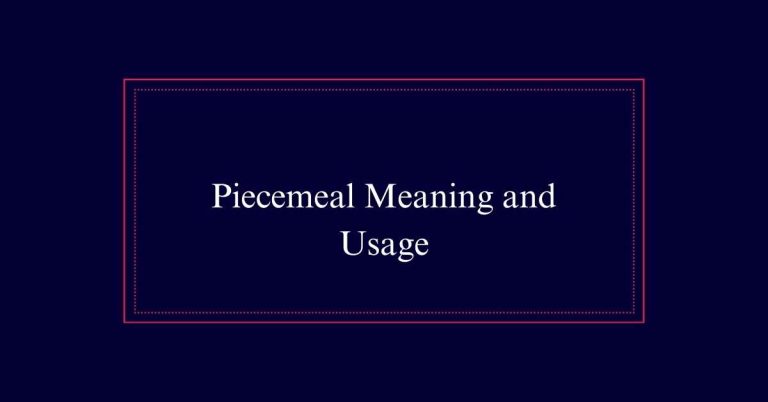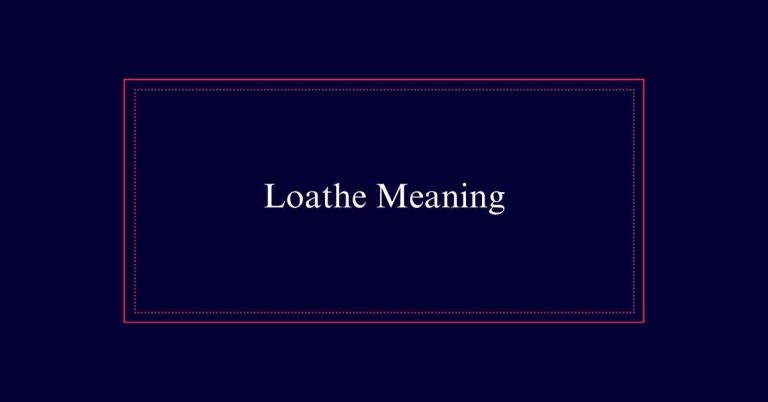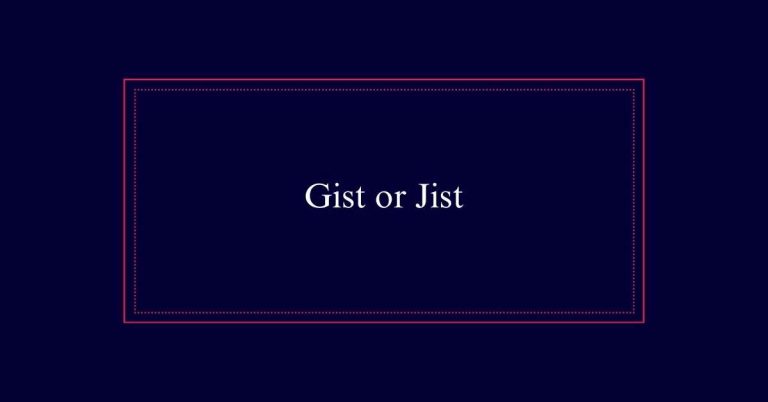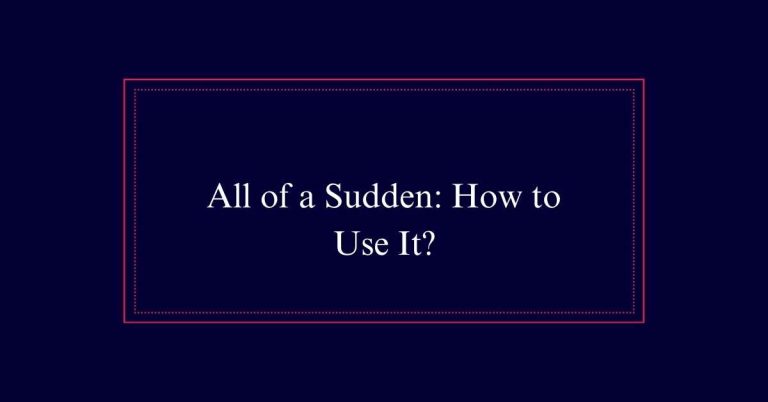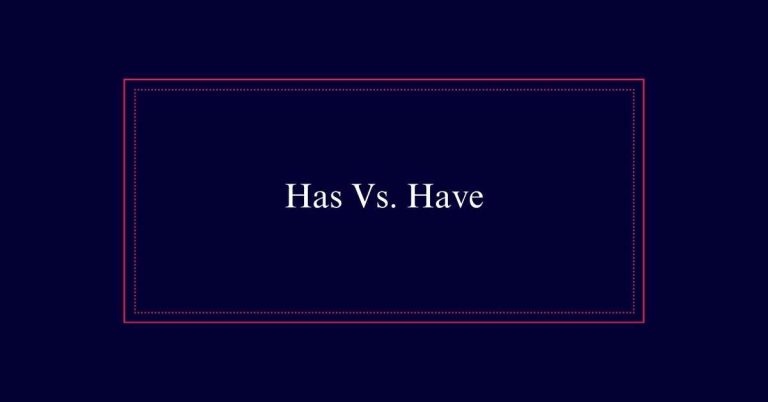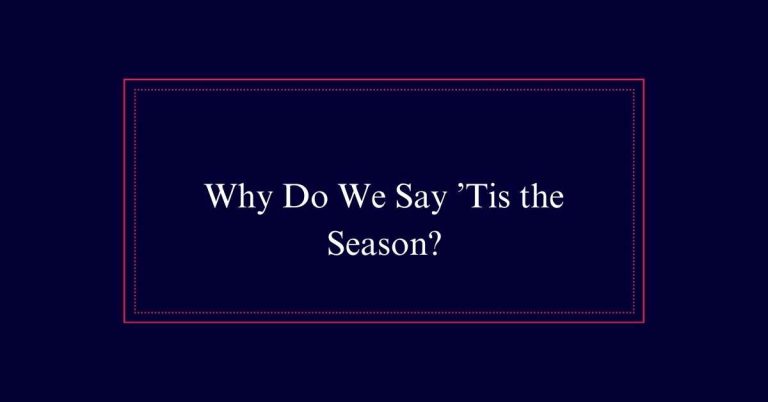There Is Vs. There Are: How to Choose?
Choosing between ‘there is’ and ‘there are’ depends on subject-verb agreement with the noun that follows. Use ‘there is’ for singular nouns, indicating the presence of one item or fact, e.g., ‘There is a book on the table.’ Use ‘there are’ for plural nouns, showing the existence of multiple items or facts, e.g., ‘There are books on the shelf.’ The verb must match the noun in number to guarantee grammatical correctness and clarity.
Understanding Subject-Verb Agreement
Understanding subject-verb agreement is essential for choosing between ‘there is’ and ‘there are.’ These phrases introduce sentences by focusing attention on the noun that follows.
‘There is’ pairs with singular nouns, while ‘there are’ pairs with plural nouns. For instance, we say, ‘There is a book on the table,’ but, ‘There are books on the table.’ The verb must match the number of the noun it precedes. This guarantees the sentence is grammatically correct and easy to understand.
The Basics of ‘There Is’
The phrase ‘there is’ is used to introduce sentences with singular nouns, indicating the existence or presence of something. It helps to point out a single item or fact.
For instance, ‘There is a cat on the porch’ clearly tells us that one cat is present. This phrase is especially useful in descriptive writing, as it brings attention to a specific element.
When forming sentences, the noun follows the verb, maintaining subject-verb agreement. This structure aids in clarity, ensuring the reader understands that only one thing is being discussed.
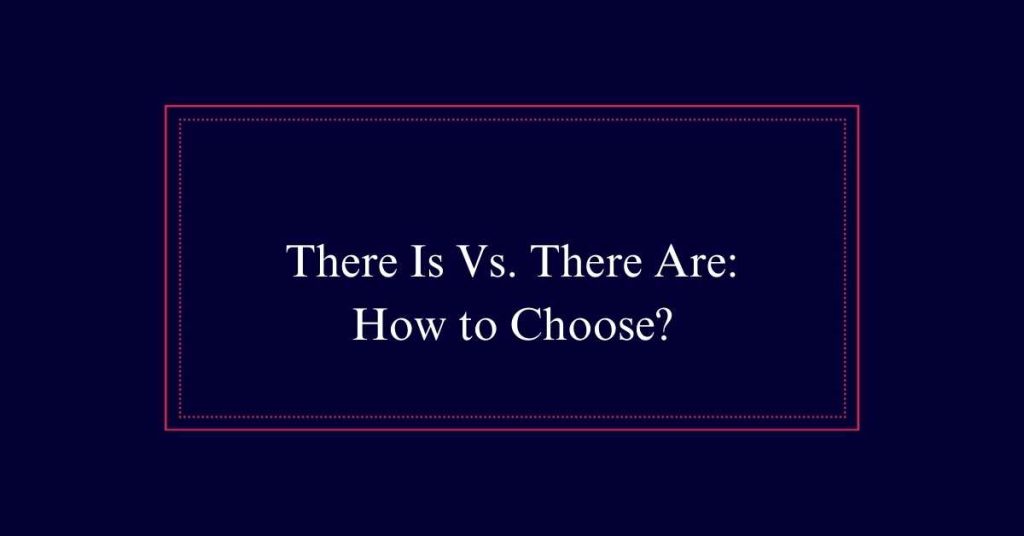
The Basics of ‘There Are’
Utilized to introduce plural nouns, ‘there are’ indicates the existence or presence of multiple items or facts. This phrase is essential for proper subject-verb agreement when discussing more than one entity. For example, ‘There are many books on the shelf’ clearly shows that multiple books exist.
Here’s a table for better visualization:
| Singular Noun | Plural Noun | Correct Form |
|---|---|---|
| cat | cats | There are cats |
| student | students | There are students |
| idea | ideas | There are ideas |
Using ‘there are’ helps ensure clarity and accuracy in communication. It is important to match the verb with the plural noun that follows. This small detail can greatly improve the readability and correctness of your writing.
Singular Nouns and ‘There Is’
‘There is’ is utilized when referring to a single entity or item. For example, you would say, ‘There is a book on the table.’ This structure guarantees that the verb agrees with the singular noun following it. It helps in clearly identifying one specific object or person.
When forming sentences, place ‘there is’ at the beginning, followed by a singular noun. This usage is straightforward and aids in precise communication. Remember to always match ‘there is’ with singular nouns to maintain grammatical correctness.
Using ‘there is’ correctly will enhance clarity in writing and speaking, avoiding any confusion about the number of items or entities being discussed.
Plural Nouns and ‘There Are’
When referring to multiple items or entities, ‘there are’ is the correct choice. This phrase guarantees proper subject-verb agreement when the noun is plural. For example, say ‘There are many books on the shelf’ rather than ‘There is many books on the shelf.’ Clarity in communication is key, and using ‘there are’ with plural nouns helps achieve this. Below is a table with examples:
| Singular Form | Incorrect Plural Form | Correct Plural Form |
|---|---|---|
| There is a dog in the yard. | There is dogs in the yard. | There are dogs in the yard. |
| There is a solution to this. | There is solutions to this. | There are solutions to this. |
| There is an apple on the table. | There is apples on the table. | There are apples on the table. |
Emphasizing Groups Vs. Individuals
While using ‘there are’ with plural nouns guarantees grammatical accuracy, understanding when to emphasize groups versus individuals adds nuance to your writing.
When you want to highlight the collective nature of a group, use ‘there is.’ For instance, ‘There is a team of experts working on the project’ focuses on the team as a single entity.
Conversely, if the focus is on individual members within a group, use ‘there are.’ For example, ‘There are many experts working on the project’ emphasizes the individuals within the team.
This distinction helps convey your intended meaning more precisely, enhancing the clarity and impact of your communication.
Large Quantities With ‘There Are’
Many situations call for the use of ‘there are’ to describe large quantities. This phrase is essential when referring to numerous items or people. Here are some examples to guide you:
Crowded Places:
‘There are many people at the concert.’
Abundant Resources:
There are a lot of books in the library.
Multiple Choices:
‘There are several options available.’
Using ‘there are’ makes it clear that you are talking about a plural noun. It helps the reader or listener understand that the subject involves more than one item or person.
Always consider the quantity and make sure that ‘there are’ accurately reflects the plural nature of the noun.
Series of Items in Sentences
In sentences that list multiple items, the choice between ‘there is’ and ‘there are’ depends on whether the first item in the list is singular or plural. For example, “There is a cat, a dog, and a bird in the yard” uses ‘there is’ because ‘cat’ is singular. If the first item is plural, use ‘there are’. For example, “There are cookies, cake, and pie on the table.”
| Singular First Item | Plural First Item | Example Sentence |
|---|---|---|
| Yes | No | There is a pen, a notebook, and a ruler on the desk. |
| No | Yes | There are apples, oranges, and bananas in the basket. |
| Yes | No | There is a book, a lamp, and a plant on the shelf. |
Common Mistakes to Avoid
One common mistake is using ‘there is’ with plural nouns. This error disrupts subject-verb agreement.
Here are three frequent mistakes to watch out for:
- Incorrect use with plural subjects: Saying ‘There is many options’ instead of ‘There are many options.’
- Using ‘there is’ with lists: For example, ‘There is apples, oranges, and bananas’ should be ‘There are apples, oranges, and bananas.’
- Combining singular and plural incorrectly: In sentences like ‘There is a cat and dogs,’ it should be ‘There are a cat and dogs.’
Correcting these mistakes ensures clarity.
Always match ‘there is’ with singular nouns and ‘there are’ with plural nouns to keep your writing precise.
Practical Tips for Consistency
To maintain consistency, always make sure the subject and verb agree in number when using ‘there is’ and ‘there are.’
Start by identifying whether the noun following the verb is singular or plural. Use ‘there is’ for singular nouns and ‘there are’ for plural nouns.
For example, say ‘There is a book on the table,’ and ‘There are books on the table.’
When listing multiple items, the form depends on the first noun in the series. For instance, ‘There is a cat and two dogs in the yard.’
If the sentence sounds awkward, consider rewriting it for clarity.
Consistent practice will help you develop a natural feel for using these phrases correctly.

